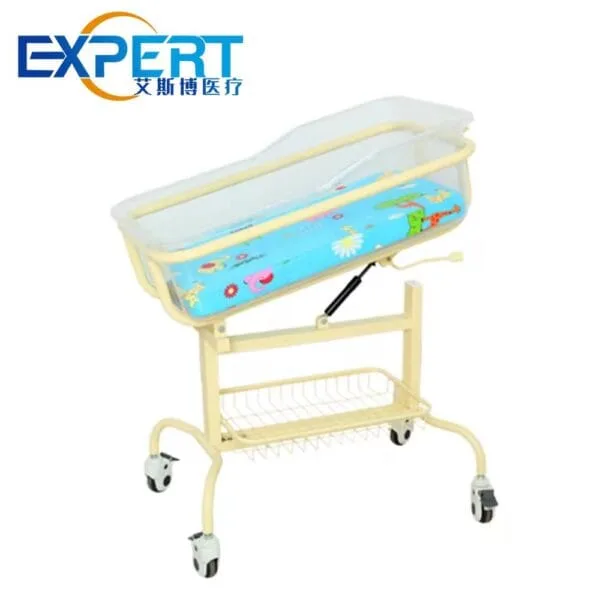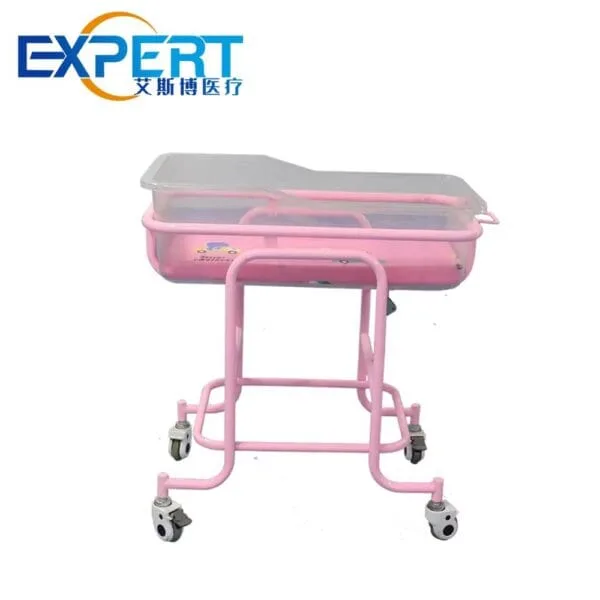Address
304 North Cardinal St.
Dorchester Center, MA 02124
Work Hours
Monday to Friday: 7AM - 7PM
Weekend: 10AM - 5PM
Welcome to My Blog!
Before we dive into the content, I’d love for you to join me on my social media platforms where I share more insights, engage with the community, and post updates. Here’s how you can connect with me:
Facebook:https://www.facebook.com/profile.php?id=100071234835011
LinkedIn:https://www.linkedin.com/company/74943205/admin/dashboard/
YouTube:www.youtube.com/@shandongexpertmedicalequip4695
TikTok:www.tiktok.com/@expertmedical
Now, let’s get started on our journey together. I hope you find the content here insightful, engaging, and valuable.

A baby cot dual use in bed, also known as a bedside sleeper or co-sleeper, is a special type of crib designed to attach to your adult bed, allowing your baby to sleep close by. This can be a great way to promote breastfeeding, bonding, and make nighttime feedings and diaper changes easier. However, there are also safety considerations to keep in mind when using a baby cot dual use in bed.
This comprehensive guide will explore everything you need to know about baby cot dual use in bed, including its benefits, safety tips, choosing the right cot, and frequently asked questions.
There are several potential benefits to using a baby cot dual use in bed:


While there are benefits to using a baby cot dual use in bed, it’s important to prioritize safety. Here are some key safety tips to follow:
| Safe Sleep Practice | Benefit |
|---|---|
| Place babies on their backs to sleep | Reduces the risk of SIDS |
| Use a firm mattress | Creates a safe sleep surface |
| Keep bedding out of the crib | Prevents suffocation |
| Keep the room temperature cool | Reduces the risk of SIDS |
| Breastfeed if possible | May reduce the risk of SIDS |
| Let your baby get plenty of fresh air | Reduces the risk of respiratory infections |
When choosing a baby cot dual use in bed, consider the following factors:
It’s important to remember that using a baby cot dual use in bed is not without risks. Even when following safety guidelines, there is still a possibility of suffocation, overheating, or entrapment.
Here are some additional points to consider:

If you are not comfortable using a baby cot dual use in bed, there are other safe alternatives for keeping your baby close by at night:
A baby cot dual use in bed can be a convenient and helpful tool for parents, especially newborns and breastfeeding mothers. However, it is crucial to prioritize safety by following safe sleep practices and using the cot correctly. If you have any concerns about using a baby cot dual use in bed, talk to your pediatrician. They can help you determine the safest sleep arrangement for your baby.
Q: Is it safe to use a baby cot dual use in bed?
A: When used correctly and following all safety guidelines, a baby cot dual use in bed can be a safe sleep option for some families. However, the AAP recommends against bed-sharing due to the increased risk of SIDS. Discuss your plans with your pediatrician to determine if a baby cot dual use in bed is right for you.
Q: What are the safest sleep positions for babies?
A: The safest sleep position for babies is always on their back, on a firm mattress, with no loose bedding or pillows.
Q: When should I stop using a baby cot dual use in bed?
A: Stop using a baby cot dual use in bed when your baby reaches the weight or height limit for the cot, or when they begin to show signs of rolling over.
Q: What are some alternatives to using a baby cot dual use in bed?
A: Safe alternatives include room-sharing with your baby in a separate sleep surface, using a bassinet, or using a wearable blanket.
